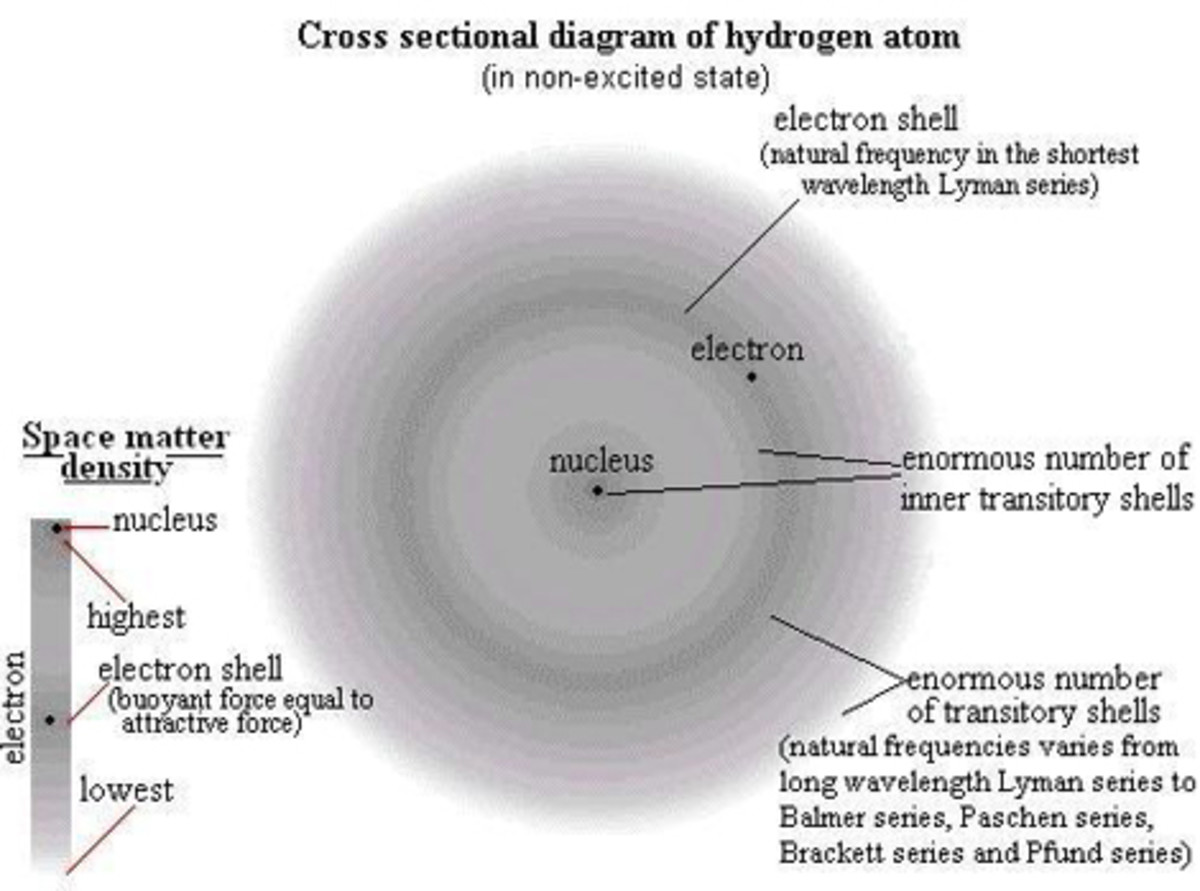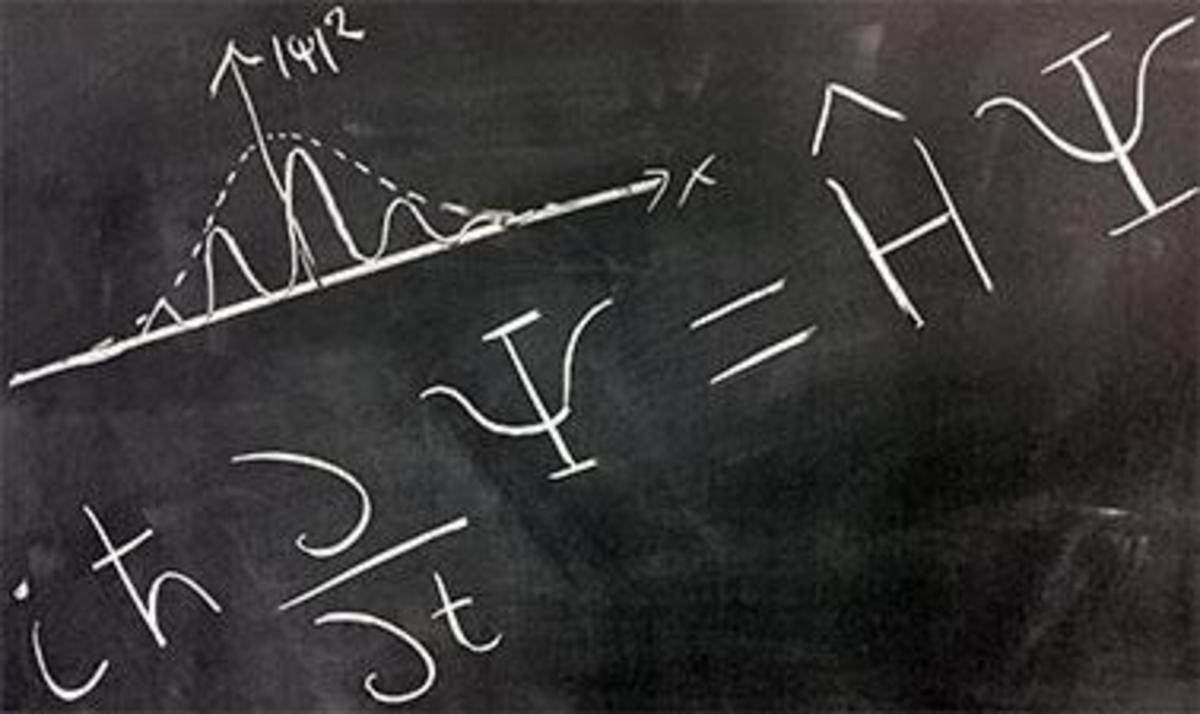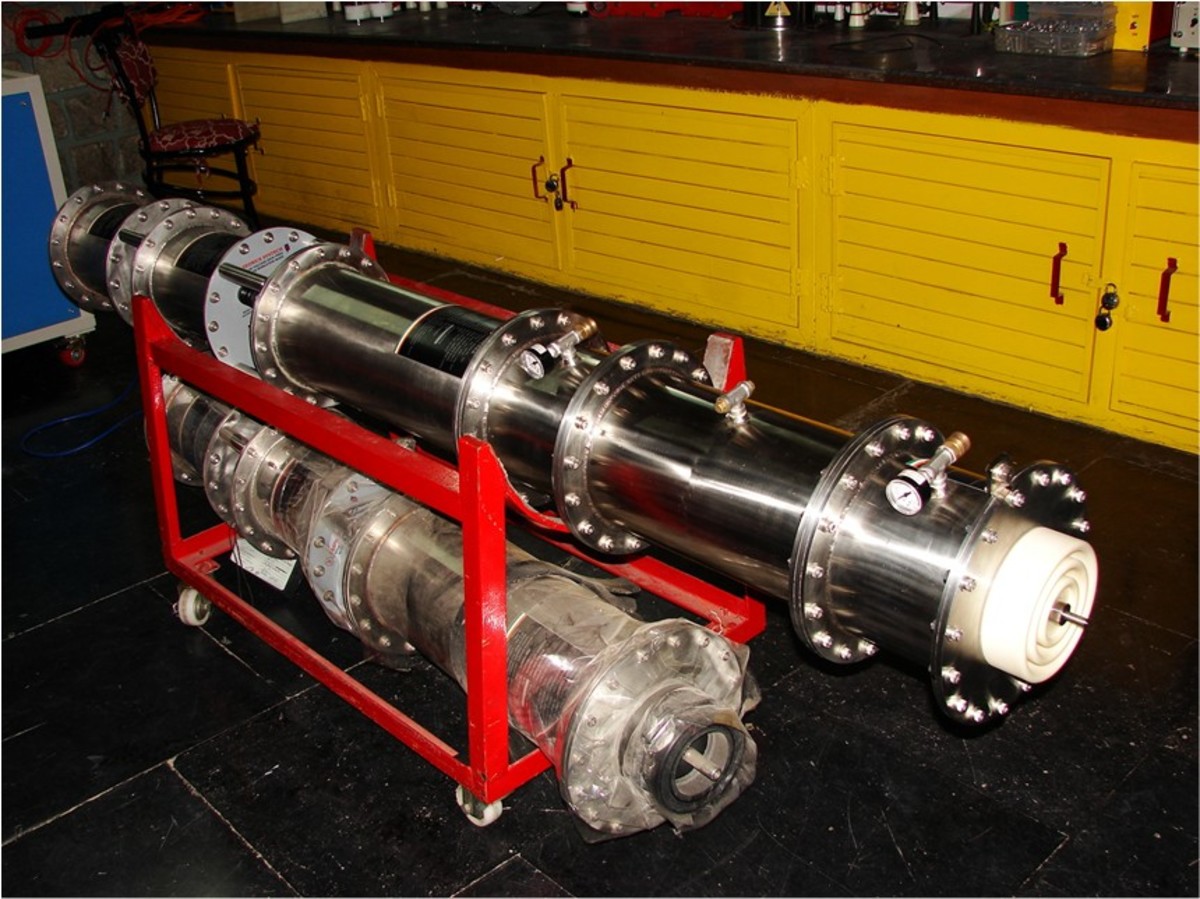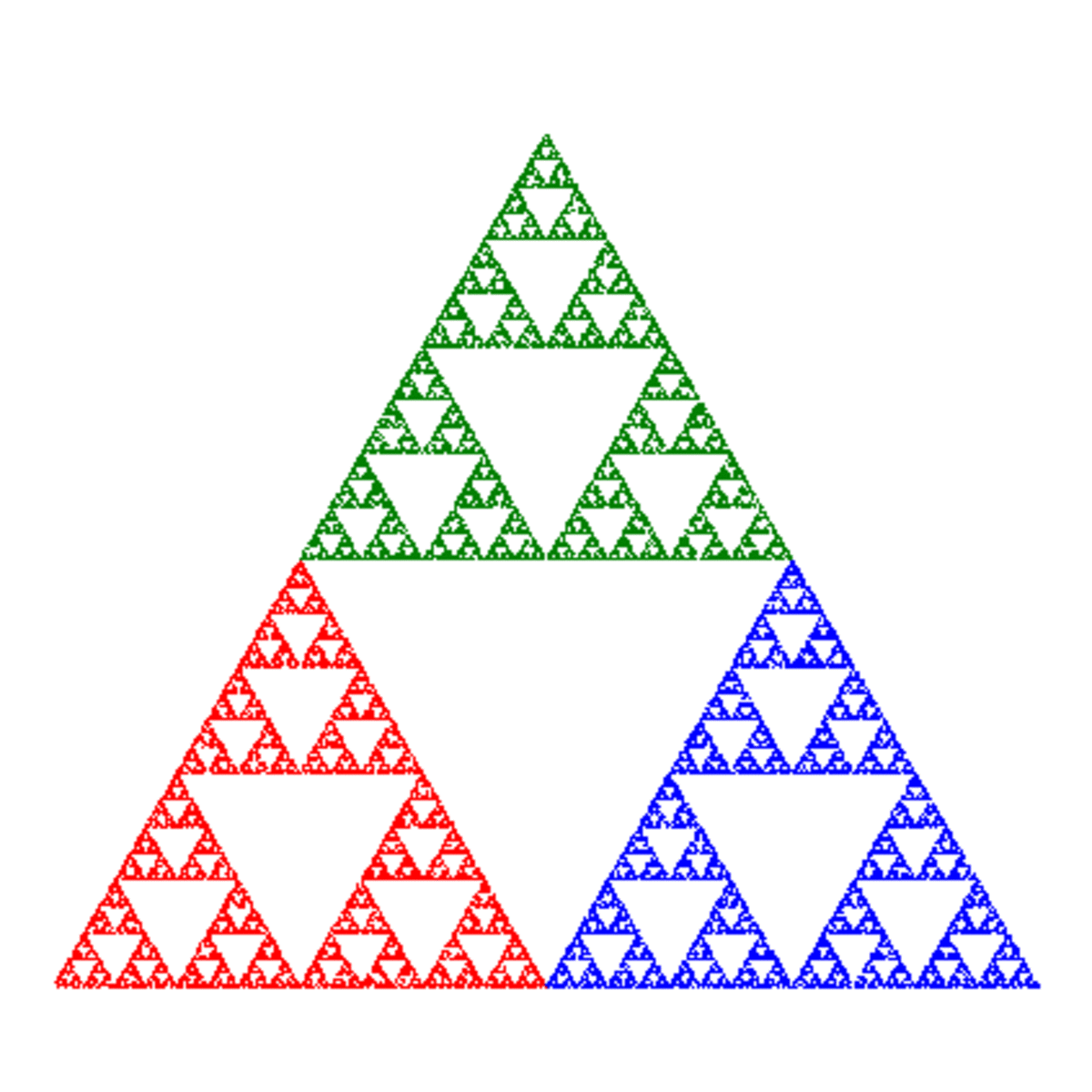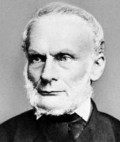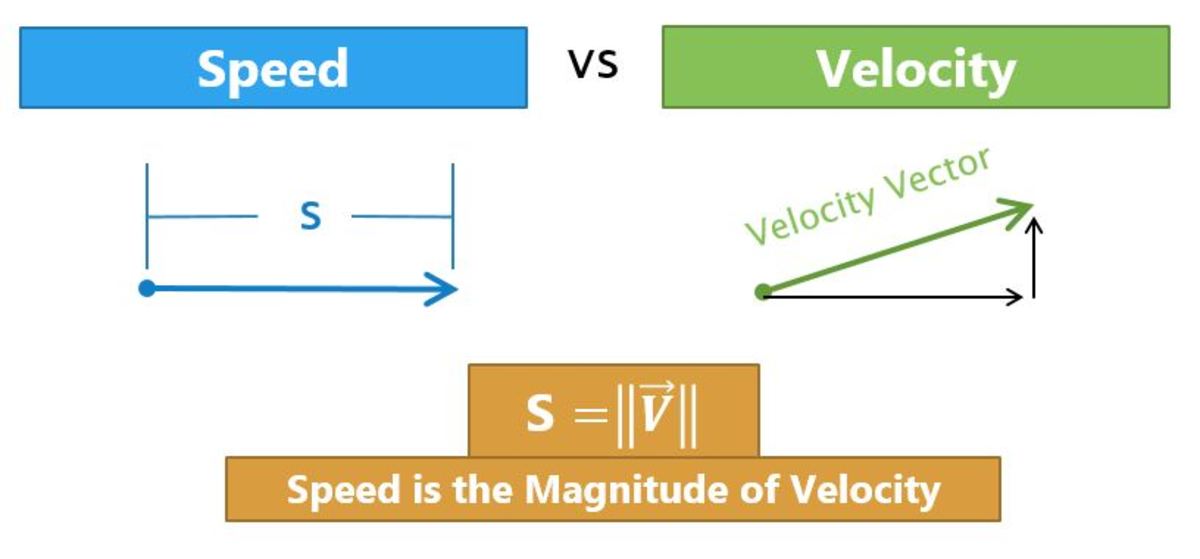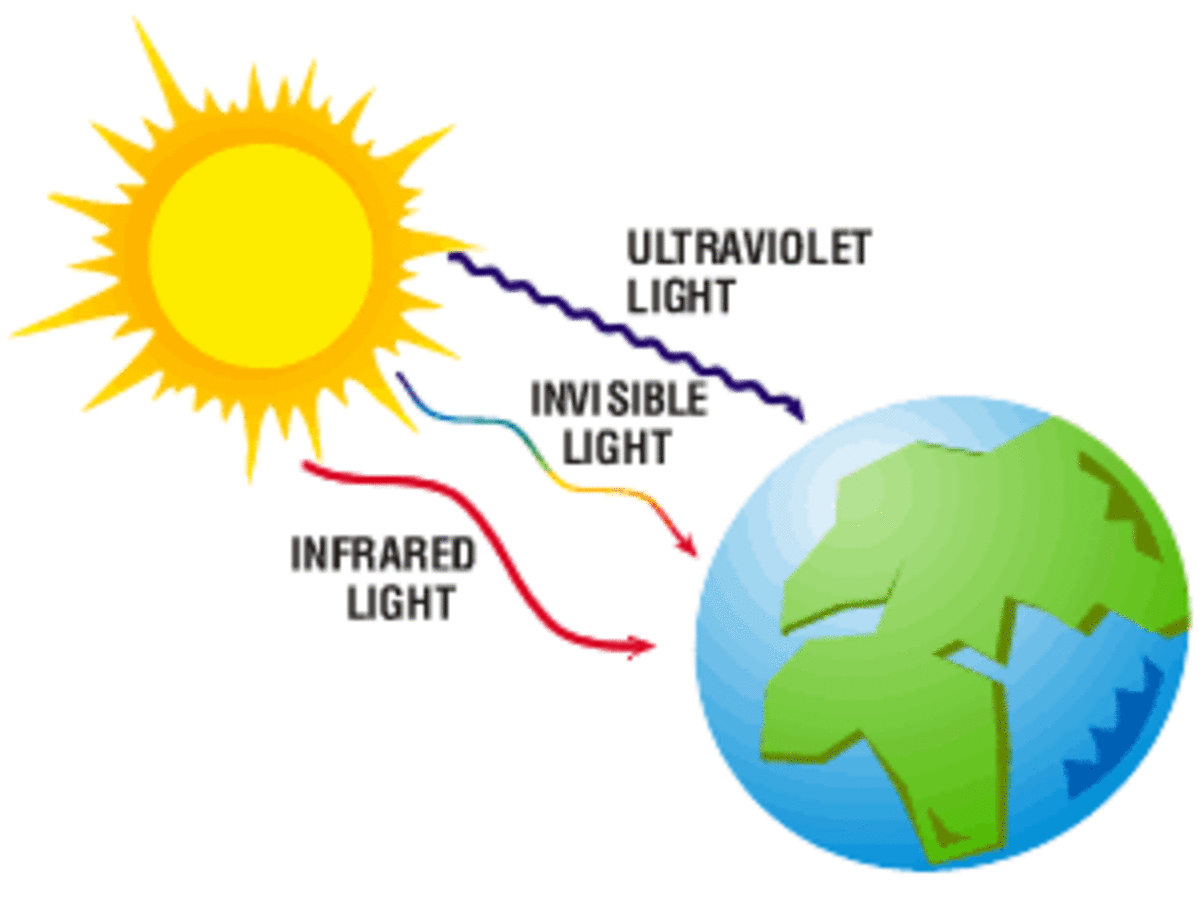Transformation of Energy Principles
Thermodynamics actually proves the transformation of energy
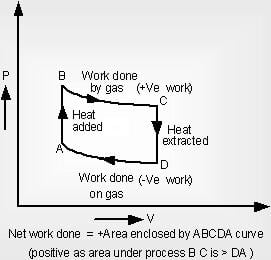
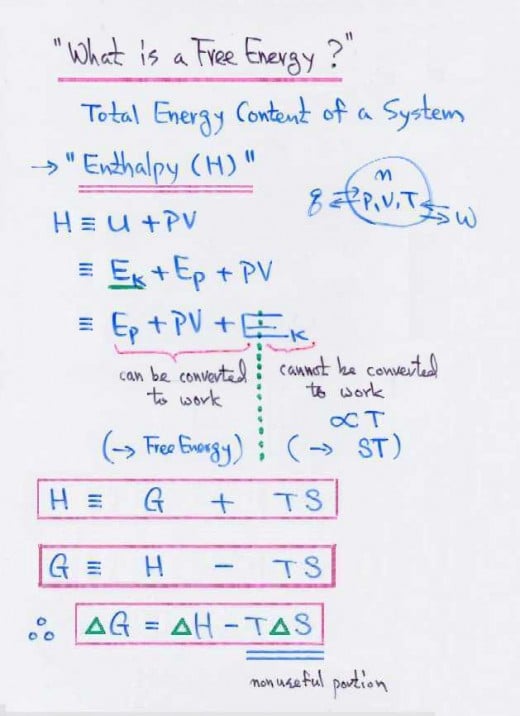
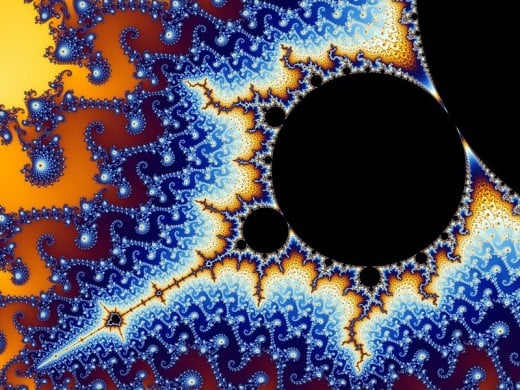
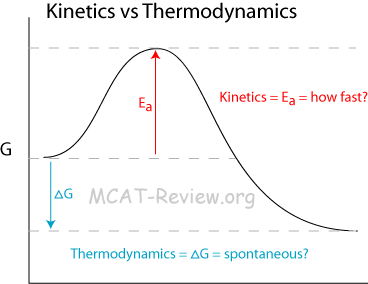
Energy can be transformed from one kind to another, but there is a loss in the process
Energy can be transformed from one kind to another, but that process occurs primarily at the quantum level. Energetics is the scientific study of energy under movement and storage under transformation. Energy moves at all scales, from the quantum, which is essential to all energy transformation and movement, to biological systems, stellar evolution and the cosmos as a whole. Principles here means a phenomenon that is invariant throughout time and that experiments done by different people at different times with the same procedure produce the same results. When enough people have achieved the same results, the observation of the principle then becomes a fundamental law. Fundamental laws are what theories are based on and until something can become established as a working theory, it is a hypothesis. Such a law of energy transformation exists as determined by Einstein and subsequently tried and proven over and over. This fundamental law concerns energy transformation and storage called the photo-electric effect which won Albert Einstein the Nobel Prize in 1905 and subsequently paved the way for quantum mechanics. There exists as a result, an energy hierarchy in the cosmos. Energy cannot be destroyed, but it can be altered and this has important implications for the cosmos and existence.
At the quantum level, energy transformation can only occur at discrete wavelengths. By now, we are keenly aware of how each element will respond to electromagnetic radiation by absorption and emission. Each element has a characteristic series of wavelengths that show up as colour lines in a spectrum of that element. The emission spectra can include electromagnetic radiation that is not visible to the human eye, but can be instrument detected. This phenomenon is what is behind the Fraunhoffer absorption and emission spectra that we use to identify the elements at a distance. Every complex atom has a multitude of electron energy levels, having multiple electron shells that can absorb specific photon wavelengths. When this occurs, the electron quantum jumps to a higher energy level or electron shell, provided that is not already occupied and the Pauli Exclusion Principle does not stand in the way. With sufficient energy, an electron can be quantum kicked away from the atom altogether. Emission occurs when an electron can spontaneously release a photon and drop to a lower energy level. Again, the Pauli Exclusion Principle cannot be violated. This then is how most energy transformations take place at the quantum level and we have learned to use it in a host of ways from solar cells, microelectronic, rectennas, lasers and so forth. Life uses it too in photosynthesis.
We now know that all energy transformations have electromagnetic interrelations with matter and this can occur with individual atoms or in large aggregates like a cell, a body, plant or galaxy. What we don’t know as of yet is a quantum theory of gravity. On the level that we live, the principles of the transformation of energy are tied up with the laws of thermodynamics, but this is a hierarchical order founded on the quantum base of all that there is. At our level, there are seven principles of energetics for the transformation of energy.
The zeroth principle of energetics says if two thermodynamic systems are in equilibrium and a third one is in equilibrium to one of them, it is also in equilibrium with the other of the two. This is identified as the commutation of identities.
The first principle of energetics explains that an increase in the internal energy of a system equals the amount of energy added to the system by heating less the amount lost in the form of work done by the system on its surrounding environment. As an example, there is friction between moving parts that creates heat losses as a by product.
The second principle of energetics tells us that any “isolated” system tends towards increasing entropy over time and approaching a maximum value. This is also called dissipation, where an ordered system eventually ends up in chaos.
Information on energy, thermodynamics and entropy

The third principle of energetics tells us that as a system approaches absolute zero in temperature, all processes cease and entropy also approaches a minimum value, usually zero in the case of a perfect crystalline substance. Some theories suggest that this is one of the scenarios for the end of the cosmos,
The fourth principle of energetics is of two opinions as follows: ”Onsager reciprocal relations are sometimes called the fourth law of thermodynamics. As the fourth law of thermodynamics, Onsager reciprocal relations would constitute the fourth principle of energetics. In the field of ecological energetics H.T. Odum considered maximum power, the fourth principle of energetics. Odum also proposed the maximum empower principle as a corollary of the maximum power principle, and considered it to describe the propensities of evolutionary self-organization.” This one would account for phenomena such as life self organizing out of chaos.
The fifth principle of energetics tells us that energy quality factor increases hierarchically. From studies of ecological food chains, “Odum proposed that energy transformations form a hierarchical series measured by Transformity increase (Odum 2000, p. 246). Flows of energy develop hierarchical webs in which inflowing energies interact and are transformed by work processes into energy forms of higher quality that feedback amplifier actions, helping to maximize the power of the system". (Odum 1994, p. 251)
The sixth principle of energetics states that “material cycles have hierarchical patterns measured by the energy-mass ratio that determines its zone and pulse frequency in the energy hierarchy”. (Odum 2000, p. 246). M.T. Brown and V. Buranakarn write, "Generally, energy per mass is a good indicator of recycle-ability, where materials with high energy per mass are more recyclable" (2003, p. 1).
All energy transformations follow these observed fundamental principles. They have been rigorously tested over the last few centuries and we can rely on them as being accurate. There is still some fine tuning, but for the most part, the picture is clear on the workings of energy transformation.
The cosmos is evolving from a state of high energy into a state of dissipation and disorder as a result. One of the clues that have arisen with modern observation is the movement toward the extension of the red shift due to the accelerating expansion of the cosmos. Another is the fact that fusion in the sun creates gamma radiation in the core. By the time it reaches the surface, it has transformed to ultra-violet, visible and infra-red radiation. The cosmos at large also is going through a similar change according to distance of observation.
Yet there are instances where the general trend of thermodynamics appears to be violated. This is the area that we call the self-organizing of life out of a disordered state covered in laws 4, 5 and 6. But on closer inspection, this is well within an energy gradient where energy is tending from a region of concentration to one where there is less of it such as in the sun-earth-life relationship. Most physical processes generate heat energy as a by product. This can be seen as the result of friction of moving parts. This heat then radiates into space and eventually, with cosmic expansion, this too will dissipate and tend toward the 2nd law of energetics.
There are those who make claims for zero point energy production and there exists literature claiming to prove it. Except for instances where the Casimir effect and other such evidence exist, there seems to be little ground for it. The Casimir effect is one of those discoveries that are still under debate as to its exact nature. There is plenty of “free” energy in the cosmos that can be tapped and it is just a matter of finding out how it can be done. Hints lie in such instruments as the solar cell, the crystal radio effect and the rectenna.

